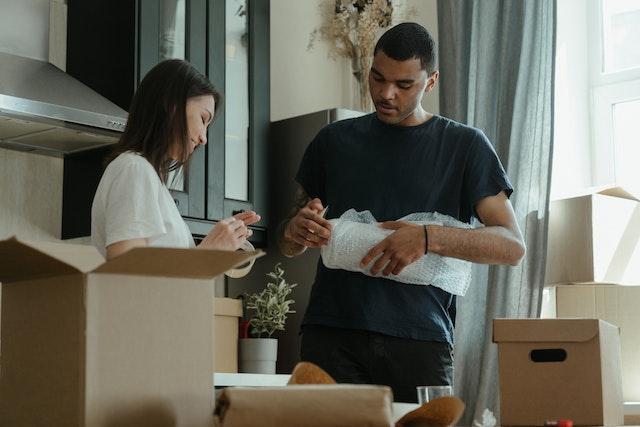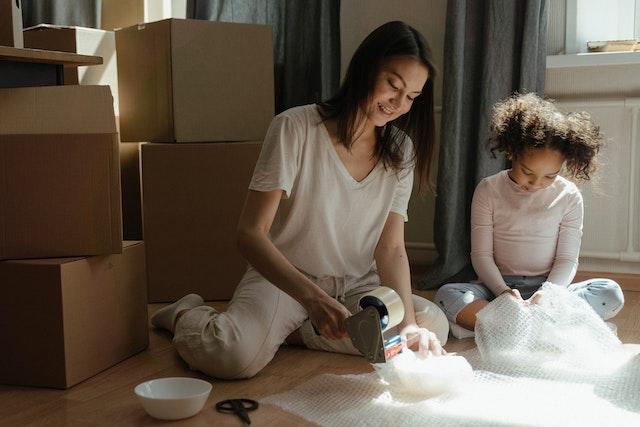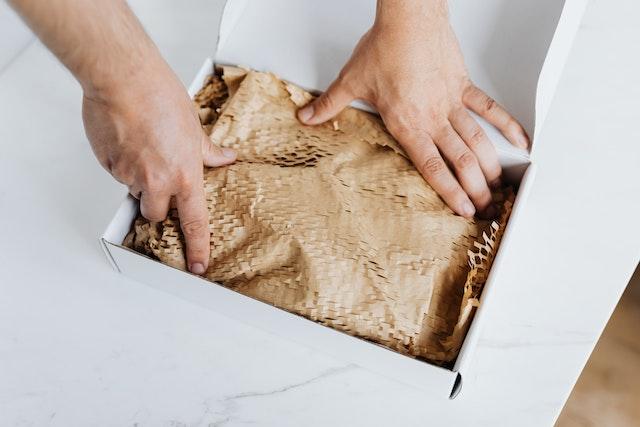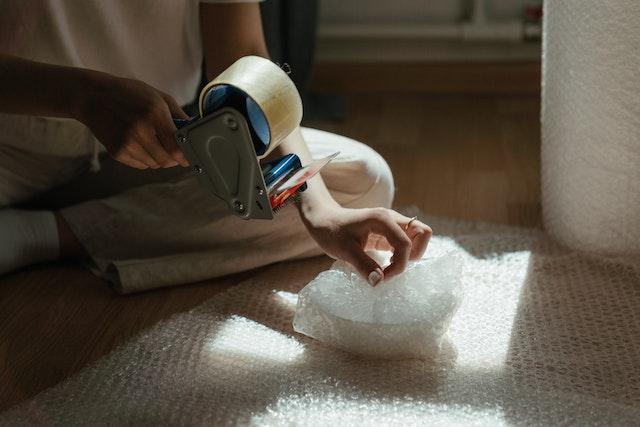
How to Pack Jewelry for Moving it Safely [11 Standard Precautions from Experts]
How to Pack Jewelry for Moving it Safely? [11 Standard Precautions from Experts] Valuable plus delicate. Fragile but mostly expensive. It could be an heirloom and could carry emotions. It could be related to occasions like engagements, weddings, or others. You already know the product because I mentioned it in











